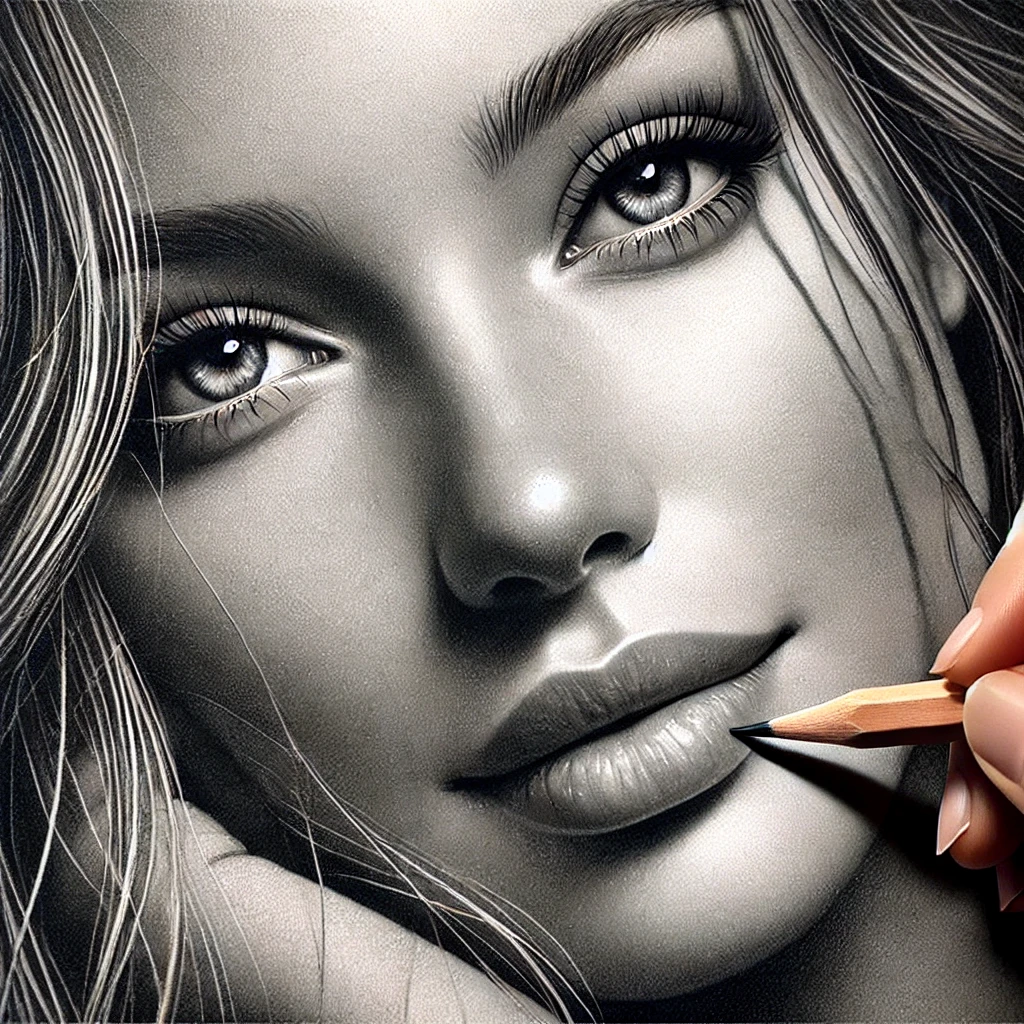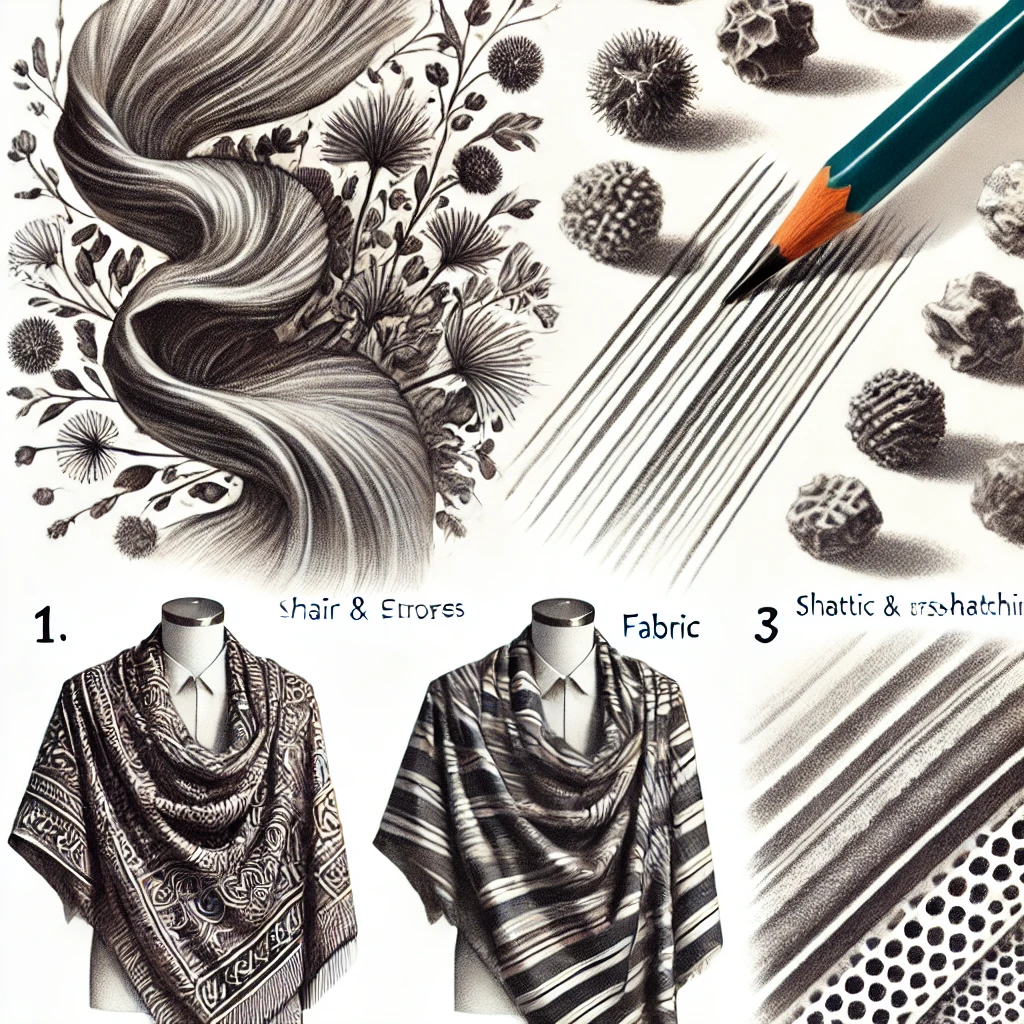
(This blog contains affiliate links, meaning I make a small commission at no extra cost to you.)
Achieving realism in drawing requires patience, skill, and an understanding of techniques that bring artwork to life. Whether you’re a beginner or an experienced artist, refining your skills in shading, proportions, and texture can take your drawings to the next level. In this guide, we’ll explore the essential tips, techniques, and tools to help you master realistic drawing.
Essential Tools for Realistic Drawing
Having the right materials is crucial for achieving fine details and smooth shading. Here are must-have tools for realistic drawings:
✔ Graphite Pencils (2H-8B) – Essential for precise lines and deep shading.
✔ Charcoal Pencils – Great for dramatic contrast and depth.
✔ Blending Stumps & Tissues – Helps create smooth gradients in shading.
✔ Kneaded & Precision Erasers – Perfect for lifting highlights and refining details.
✔ Fine-Tip White Gel Pen – Adds light reflections to enhance realism.
🛒 Shop the best drawing tools here
Key Techniques for Realistic Drawing
1. Mastering Proportions and Composition
📏 Use guidelines and grids – Break down complex subjects into smaller, manageable sections.
🎭 Focus on symmetry – Ensure balance and accuracy in facial and body proportions.
📸 Work from references – Observe real-life objects or photos for accuracy.

2. Enhancing Depth with Shading
💡 Identify the light source – Understanding where the light falls helps create realistic highlights and shadows.
🎨 Layer your shading – Start light and build up darker areas gradually.
🖌 Blend smoothly – Use blending stumps or soft tissues for seamless transitions.

3. Adding Realistic Textures
🌿 Hair & Fur – Use short, light strokes for a natural effect.
👕 Fabric & Clothing – Pay attention to folds and creases with directional shading.
🌳 Skin & Surfaces – Apply stippling or cross-hatching for subtle texture variations.

Common Mistakes to Avoid
🚫 Rushing the process – Realism takes time; avoid shortcuts.
🚫 Overusing outlines – Focus more on shading rather than hard lines.
🚫 Skipping value studies – Practice light-to-dark transitions to improve tonal range.
Learn to improve your drawings with precision! Watch the tutorial here and bring emotion to your sketches! ✏️
Final Thoughts: Elevate Your Drawing Skills
Mastering realistic drawing requires patience and continuous practice. By focusing on proportions, shading, and textures, you can bring depth and life to your artwork.
🎨 Ready to upgrade your art supplies? Check out our top recommendations here and start creating stunning realistic drawings today!
📌 Love this guide? Save it to your Pinterest board and inspire others!